27th June 2024. .

In this continuation of our discussion on effective cuing, we'll delve into more advanced strategies to enhance your teaching skills. Building on the basics of language use covered in part 1, I will explore the art of observing and responding to your students, refining your cues, and fostering a deeper mind-body connection. Let's jump straight in ...
Observing and responding in real-time
This really is one of the key aspects of enhanced
[read on]
31st May 2024. .

Cuing seems to be a hot topic in the mindful (functional) movement world right now, and with good reason. The cues a teacher uses throughout a class significantly impact how a student experiences, feels, and embodies movement. It’s not just about the cues themselves, but also the tone of delivery and the teacher's expression during a class.
After all, a student’s nervous system responds to the teacher’s nervous system through
[read on]
19th April 2024. .

At the tender age of 24, I found myself grappling with Downward Facing Dog in a bustling yoga class at Gold’s Gym in London. At the time, I was working as a full-time gym instructor, personal trainer and studio co-ordinator. I was young, fit, healthy and body aware, so accessing downward facing dog during this class must have been a breeze, right?
WRONG!!! Despite my background in fitness and body awareness,
[read on]
6th February 2024. .

“If exercise was a pill, we’d all be taking it”
- Dr Mary Hendersen (The Hovarian Magazine, Feb 2024)
How much you can benefit both yourself and others by taking part in, or teaching accessible Yoga and Pilates classes, even whilst embracing change?
Thankfully, an increasing number of medically qualified people seem to be promoting the more recently branded term ‘lifestyle medicine’. This is a category into which Yoga and Pilates fit
[read on]
5th January 2024. .
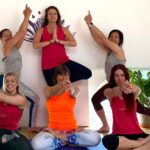
Time and time again I witness the transformative journey of like-minded individuals in our courses, where growth is exponential… and I am in awe. I always reassure individuals who express nervousness or self-criticism with these words: "Give that burden to me – trust the process, trust me, and, by the end of the course, you'll find trust in yourself."
Yoga and Pilates are timeless forms of functional movement suitable for any
[read on]
5th December 2023. .
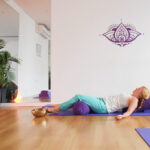
I discovered Yoga Nidra over a decade ago upon moving to Brighton and launching my career as a Yoga Teacher. As a new teacher without any other income, life was quite up and down back then. I knew I had to keep the faith and determination in what I was doing, but naturally it was a bit scary. I found Yoga Nidra would help me switch off, let go of
[read on]
7th November 2023. .
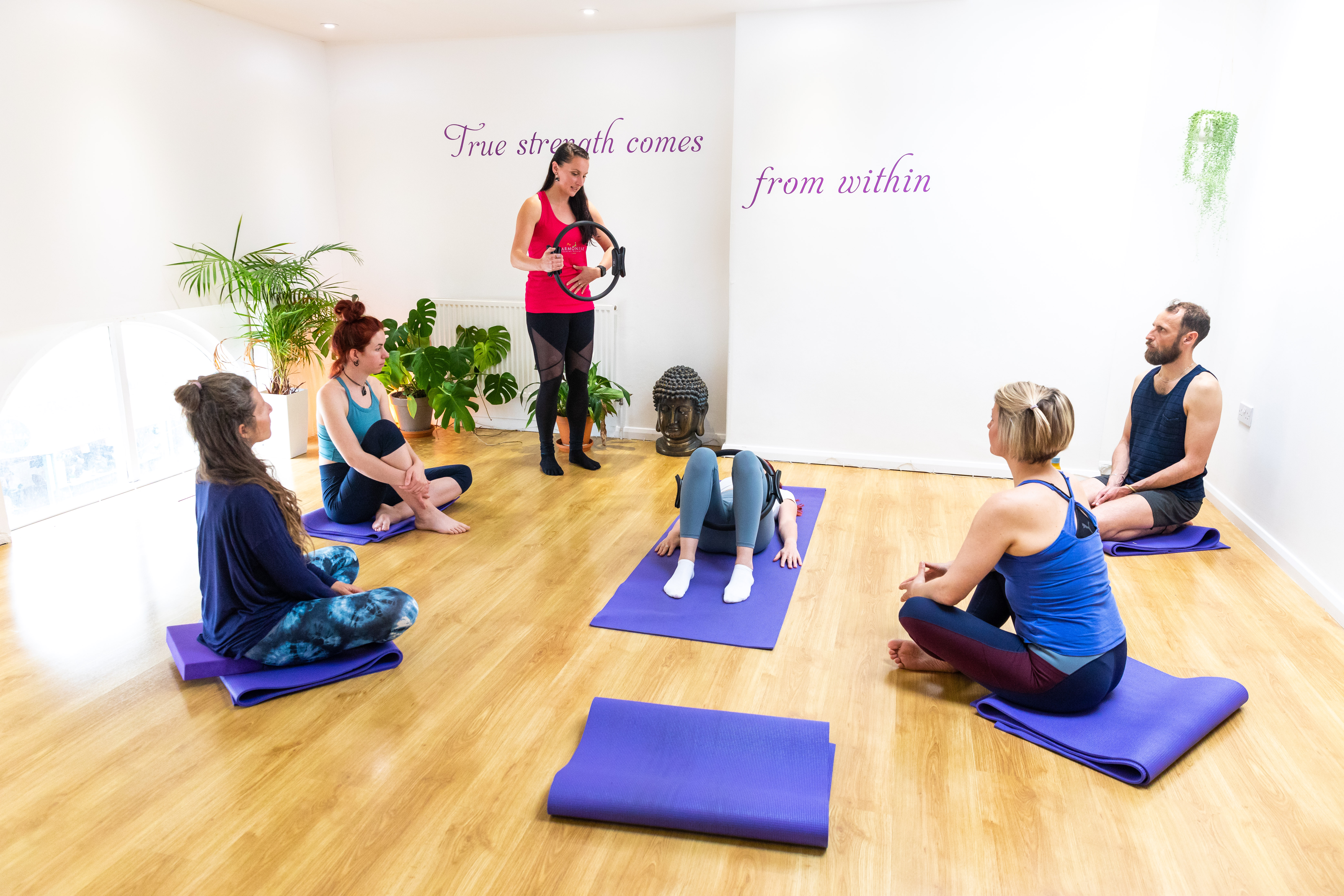
Pelvic health is crucial, especially for women. It is estimated that 50% of women over the age of 50 have some form of a prolapse; and over a third have some form of incontinence.*
Although pelvic health issues are not exclusive to women, factors such as pregnancies, hormonal changes during menopause, aging, medications, posture, stress, and lifestyle choices frequently act as catalysts. Like many chronic health conditions, these issues rarely stem
[read on]
10th October 2023. .
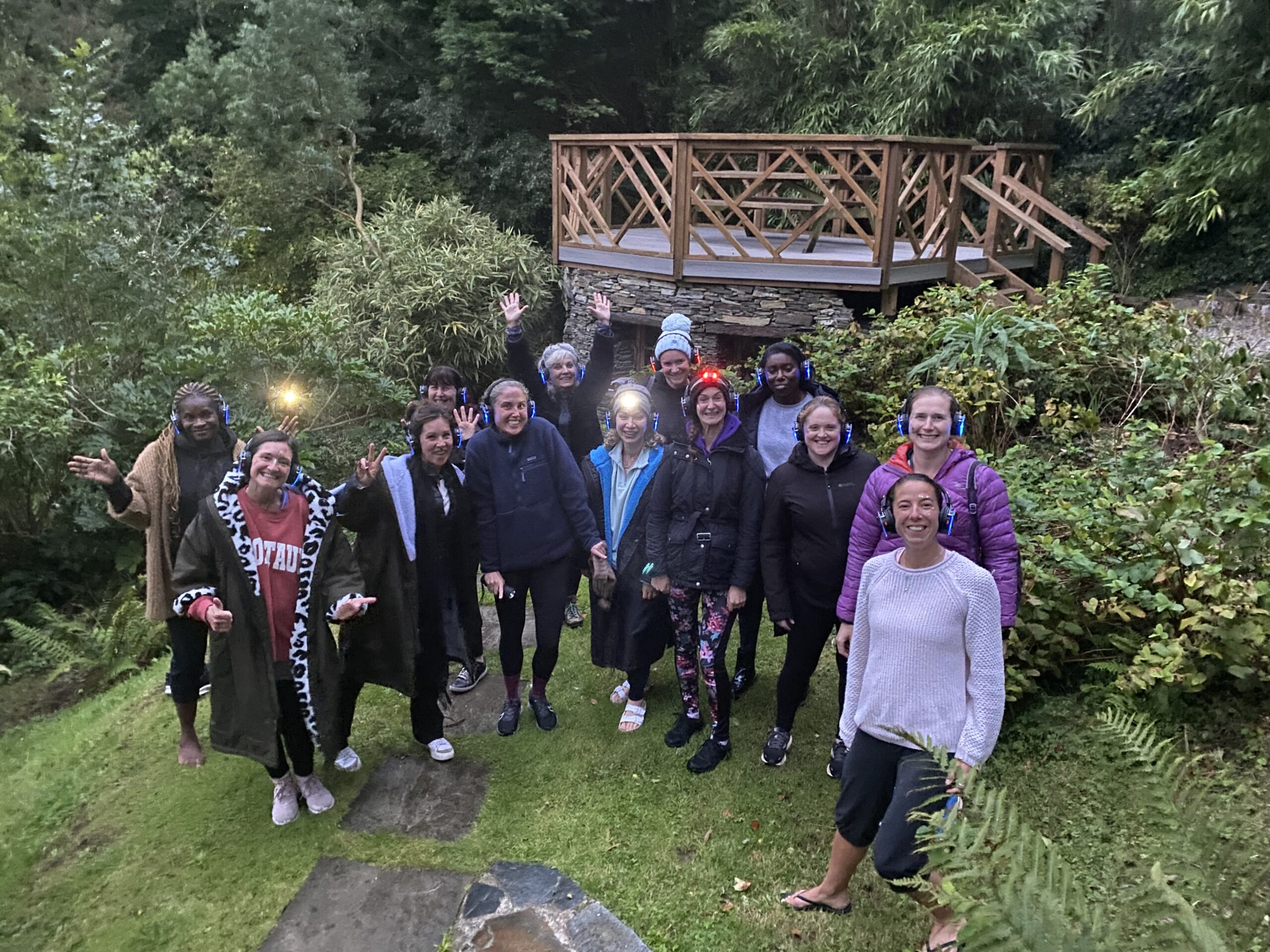
When I embarked on planning my recent retreat to the enchanting sacred venue at St Nectan’s Glen, I knew it was going to be extraordinary. Set against the backdrop of a healing waterfall and surrounded by an abundance of nutritious negative ion-charged air, the retreat coincided with a powerful super full moon. It was the start of a new 12 month cycle, a time for release, forgiveness, embracing new beginnings,
[read on]
9th September 2023. .
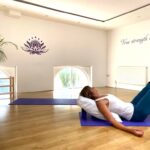
I have noticed a distinctive shift in my energy over the past few days, aligning with the super blue full moon and changing seasons; a time for letting go, turning within and coming home to self. Initially, I planned to work on my book at a friend's place this weekend, however when the time approached, it didn’t feel in my alignment. Instead of frustration, I sat with the realisation that
[read on]
11th August 2023. .
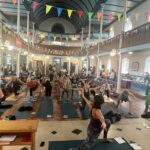
I just loved the energy and atmosphere at the recent Brighton Yoga Foundation's 10th Brighton Yoga festival; a gathering of like-minded teachers, entrepreneurs and volunteers came together to create a buzzing charity event.
The festival not only showcased the holistic benefits of yoga and other wellness practices but also told the stories of those whose lives have been transformed by the activities of the BYF. From trauma survivors, addicts
[read on]

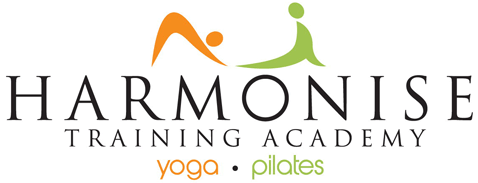












Recent Comments